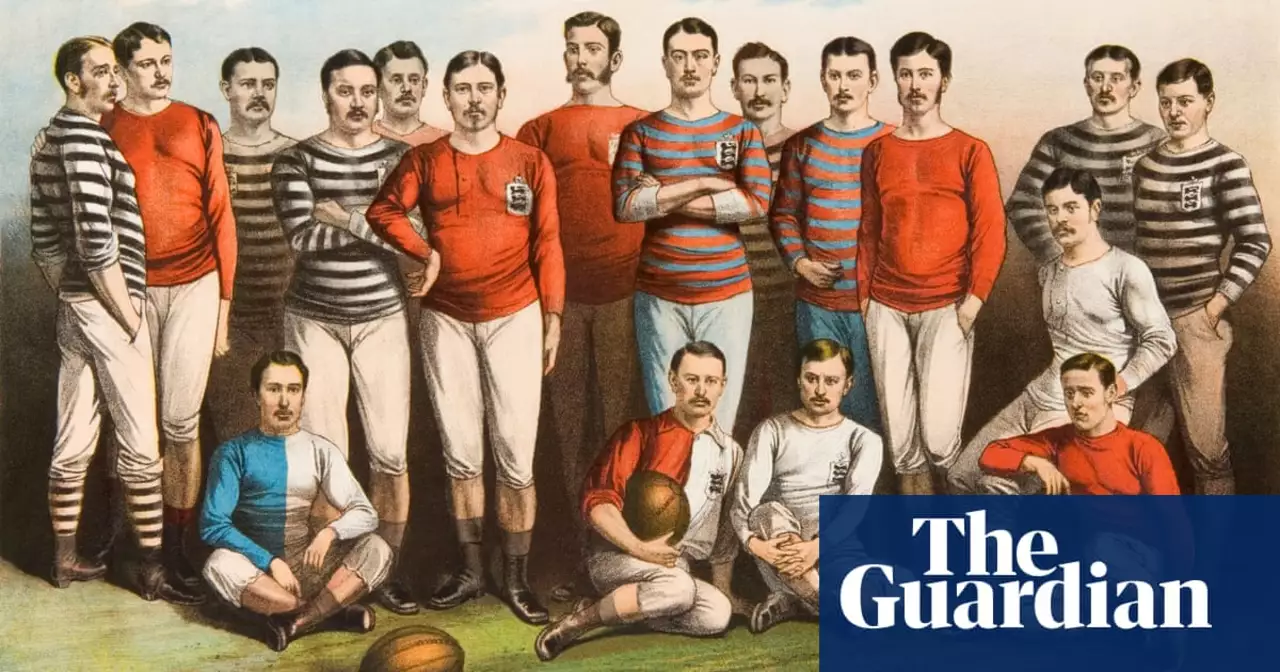Were there any organized team sports prior to the 19th century?

The Origins of Organized Team Sports
As a passionate sports enthusiast, I've always been curious about the history of organized team sports. I mean, how did we go from hunting and gathering to cheering on our favorite teams in massive stadiums? So, I did some research and discovered that the concept of team sports dates back thousands of years, long before the 19th century. In this article, I'll be sharing my findings on the fascinating world of ancient team sports and how they've evolved into the games we know and love today. So, let's dive in and explore the origins of organized team sports!
Ancient Civilizations and Their Team Sports
When we think of ancient civilizations, we often picture great empires and monumental structures. But did you know that many of these societies also had their own unique team sports? In fact, evidence of organized team sports can be found in the ancient civilizations of Egypt, Greece, and Mesoamerica. From the competitive games of the Egyptian pharaohs to the legendary Olympic Games of ancient Greece, these early societies not only valued physical fitness but also recognized the importance of teamwork and collaboration. So, let's take a closer look at some of these ancient team sports and how they were played.
Egyptian Team Sports: The Hurling of Sticks
In ancient Egypt, one popular team sport was known as 'Hurling of Sticks.' This game involved two teams of players who would use curved sticks to hurl a ball made of leather or papyrus towards their opponent's goal. Similar to modern field hockey, the objective was to score the most goals while preventing the opposing team from doing the same. Hurling of Sticks was played by both men and women, and it was even enjoyed by the pharaohs themselves. This ancient Egyptian team sport highlights the importance of physical fitness and teamwork in their society.
Ancient Greek Team Sports: The Olympic Games
The Olympic Games are perhaps the most well-known team sports event in history. Originating in ancient Greece around 776 BCE, these games featured a variety of athletic competitions, including team sports such as chariot racing and foot racing with teams. The Olympic Games were held every four years, and they were a major event that attracted athletes and spectators from all over the ancient world. While these games were primarily focused on individual athletic prowess, they also fostered a sense of camaraderie and friendly competition among the participating city-states.
Mesoamerican Ballgames
Moving across the globe, we find another fascinating example of organized team sports in the ancient Mesoamerican civilizations. The Maya, Aztec, and other Mesoamerican peoples all had their own variations of a ballgame that was played with a rubber ball. This game, which dates back to at least 1400 BCE, was not only a popular pastime but also held religious and political significance. Let's take a closer look at this ancient Mesoamerican team sport.
The Mesoamerican Ballgame: A Blend of Sport and Ritual
The Mesoamerican ballgame was played on a long, narrow court with two teams of players who would attempt to keep a heavy rubber ball in play using only their hips, knees, and elbows. The objective was to score points by passing the ball through a hoop mounted on the court's walls, which was often a challenging feat. This game was more than just a sport, as it also had deep religious and cultural significance. The outcome of these games could determine the fate of entire communities, and the losing team sometimes faced severe consequences, including human sacrifice. The Mesoamerican ballgame highlights how organized team sports have been intertwined with society and culture for thousands of years.
Medieval European Team Sports
As we move forward in history to medieval Europe, we find more examples of organized team sports. These games, which often had their roots in ancient and folk traditions, were played by both nobility and commoners alike. Let's explore some of these medieval European team sports and their significance in this historical period.
Medieval Football: An Ancestor of Modern Soccer
In medieval Europe, a popular team sport was a form of football, which can be seen as an early ancestor of modern soccer. This game, which was played with a leather ball, involved two teams of players who would attempt to kick the ball into their opponent's goal. Medieval football was often a chaotic and violent affair, with few rules and large numbers of players on each team. Despite its rough nature, this game was popular among all social classes and is a prime example of how team sports have been enjoyed by people from all walks of life throughout history.
Conclusion: The Enduring Legacy of Organized Team Sports
From the ancient civilizations of Egypt, Greece, and Mesoamerica to medieval Europe, organized team sports have been an integral part of human culture for thousands of years. These games not only provided entertainment and physical fitness but also fostered a sense of community and shared identity among their participants. Today, we continue this tradition as we gather in stadiums, parks, and living rooms to cheer on our favorite teams and athletes. So, the next time you watch a game or play a sport with friends, remember that you're not only enjoying a modern pastime but also participating in a rich and storied history of organized team sports.


